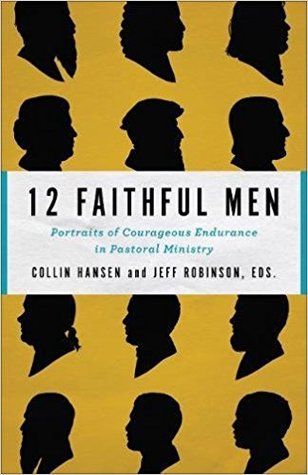Thoughts on Public Prayer, Samuel Miller, foreword by Jonathan L. Master. Carlisle, PA: Banner of Truth, 2022 (originally published in 1849).
Summary: A classic discussion advocating for extemporaneous public prayer as the practice of the church in the first five centuries of its existence, how this is done badly and well, and how the pastor may pursue excellence in public prayer.
Public prayer is the one other public utterance common in many churches besides the preaching of God’s Word in worship services. The latter involves a pastor leading the people to hear God’s Word for them together. The former involves the pastor leading the people in approaching God together, addressing God. Samuel Miller, in this reprint of a classic from 1849, argues that we tend to give far more attention to the preaching than to public prayer but that public prayer is equally of great importance.
He begins by addressing the history of public prayer, making the case that the earliest practice of the church was extemporaneous public prayer, surveying both the New Testament and texts from the early fathers. He treats prayers toward the east, for the dead, to saints, to Mary, in unknown tongues and responses to prayer as either later practices or not grounded in biblical doctrine. He does find warrants for various postures, particularly kneeling and standing–and not sitting!
He contends that the use of prescribed forms, defended from scripture is both a later introduction, and lacking basis. He believes prescribed prayers circumscribe the ministry of the Spirit and easily lapse into formalism and cannot possibly cover all the circumstances of human existence.
He enumerates some of the common faults in public prayer, including:
- Excessive use of favorite words, like “Oh God!” (or in our day “just”).
- Hesitations, embarrassment, stumbling, and pauses in utterance.
- Ungrammatical expressions.
- The lack of regularity and order–prayers that are a jumble.
- Excessive minuteness of detail.
- Excessive length–he suggests not more than 12-15 minutes, which would be excessive by today’s standards!
- Overuse of highly figurative language.
- Introducing party politics–a word needed in many pulpits today!
- Expressions of the amatory class (expressions that in other context may be used of a romantic lover).
- Wit, humor, or sarcasm.
- Using prayer for didactic purposes.
He goes on to enumerate seven more faults, but this gives you the idea.
He then turns to characteristics of good public prayer which:
- Abounds in the language of the word of God. We used to say that the best way to pray scripturally was to pray scripture.
- Is orderly, though free to vary the order.
- Is dignified, general in its plan, and comprehensive but not excessive in detail.
- Is not overly long
- Is seasonable and appropriate to the occasion.
- Is filled with gospel truth and refers to the spread of that gospel.
- Concludes with doxology.
He touches on fifteen points altogether that make for good public prayer and then concludes with how the minister cultivates excellence in public prayer, which for Miller begins with private prayer, reading works on prayer, saturating one’s life with scripture, being prepared to pray about any of the events that arise in life, and, while not “rehearsing prayers,” to engage in devotional composition of them, the counterpart to one’s study and preparation to preach.
As may be evident, Miller offers both practical ideas and an overarching theology and spirituality of public prayer. While this certainly needs to be adapted to our current forms of worship, there is much good here to heed. The contemporary reader will note a degree of anti-Roman Catholic polemic, that would not have been uncommon to reformed pastors of his time, mostly in the sections on history and liturgy. Those from liturgical traditions would no doubt have rejoinders to his critique of the use of forms, and as he acknowledges, extemporaneous public prayers may have their own problems, and even deteriorate into forms as well. A vital, Spirit-filled and scripture-informed life on the part of those who lead God’s people in worship is truly the decisive difference. For those of us in more extemporaneous prayer traditions, this book is a gold mine of good ideas, as relevant today as in 1849.
____________________
Disclosure of Material Connection: I received a complimentary review copy of this book from the publisher.




